Analysis of Heavy-Duty Shock Absorber Applications in Industry and Transportation
 2025.11.01
2025.11.01
 Industry News
Industry News
In modern machinery and transportation systems, vibration damping systems are crucial for ensuring stable performance and reliable safety. Heavy-duty shock absorbers, with their superior load-bearing capacity and durability, are widely used in construction machinery, heavy trucks, railway vehicles, military equipment, and industrial equipment. Their function is not only to absorb shocks and vibrations but also to extend the service life and operational comfort of the equipment.
I. Structure and Working Principle of Heavy-Duty Shock Absorbers The core design of heavy-duty shock absorbers lies in converting mechanical impacts into heat energy and releasing it through hydraulic or pneumatic media, thereby controlling and buffering vibrations. Generally, it consists of a cylinder, piston, piston rod, valve system, and sealing device. The internal working medium is often a special hydraulic oil, and the flow rate is regulated through throttling orifices and valve systems to control the damping force.
Under heavy-load conditions, shock absorbers need to possess extremely high pressure-bearing capacity and fatigue resistance. To address this, manufacturers typically use high-strength alloy steel or wear-resistant materials to manufacture the cylinder block, and employ precision machining to ensure a smooth inner wall, reducing friction and energy loss. Some high-end products also utilize a dual-tube or gas-liquid separation structure to ensure stable damping characteristics under high-temperature or prolonged vibration conditions.
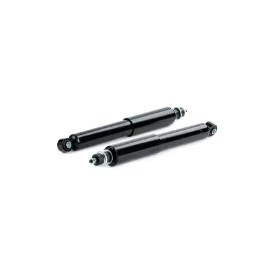
II. The Application Value of Heavy-Duty Shock Absorbers in Construction Machinery
Construction machinery such as excavators, bulldozers, and mining trucks often operate in high-intensity, high-impact environments. Equipment vibration not only affects operational comfort but also causes fatigue damage to structural components. The installation of heavy-duty shock absorbers helps effectively absorb the impact forces from uneven ground or load variations, maintaining the smooth operation of the machinery.
Especially in high-load conditions such as mining, construction, and port operations, heavy-duty shock absorbers can significantly reduce the vibration amplitude of the robotic arm, chassis, and suspension system, thereby extending equipment life and reducing maintenance costs. Simultaneously, advanced hydraulic control design makes the damping effect more linear, improves control precision, and meets the stringent safety and stability requirements of large equipment.
III. The Crucial Role of Heavy-Duty Shock Absorbers in Transportation Systems
In heavy-duty trucks, freight cars, and railway trains, heavy-duty shock absorbers play a critical role in ensuring smooth and safe operation. Their primary task is to suppress vibration rebound from the suspension system, maintaining good grip and ride comfort during high-speed driving or heavy-load transport.
Manufacturers typically customize shock absorbers with different damping curves for different vehicle types. For example, freight trucks and semi-trailers require appropriate damping under both fully loaded and unloaded conditions; therefore, heavy-duty shock absorbers need adjustable characteristics or adaptive functions. Through precise valve design and air pressure compensation structures, they can automatically adapt to different road conditions, reducing the transmission of impact energy between the tires and the ground, and improving overall vehicle stability.
In the railway transportation sector, heavy-duty shock absorbers are equally crucial. Their high-frequency response effectively mitigates the impact forces experienced by trains at track joints, curves, and during braking, ensuring vehicle stability and passenger comfort. Modern railway vehicles also employ hydropneumatic composite damping systems to further enhance energy absorption efficiency and reliability.

IV. Materials and Manufacturing Processes of Heavy-Duty Shock Absorbers
To meet the demands of high loads and harsh environments, heavy-duty shock absorbers undergo extremely stringent material selection and manufacturing processes. Major structural components primarily utilize heat-treated alloy steel to ensure high strength and toughness. The inner wall of the cylinder undergoes precision grinding and electroplating to enhance wear resistance and corrosion resistance. The sealing system uses high-temperature resistant, oil-resistant rubber or fluororubber materials to prevent liquid leakage and gas infiltration.
In terms of manufacturing processes, modern heavy-duty shock absorbers often employ CNC precision machining and automatic welding technology to ensure assembly accuracy and consistency. Simultaneously, the hydraulic system undergoes high-pressure sealing and flow calibration tests to ensure stable operation under extreme conditions. For high-end products, surface strengthening and coating technologies are also used to extend product lifespan and reduce maintenance frequency.
V. Performance Optimization of Heavy-Duty Shock Absorbers
With the intelligent development of industrial equipment and transport vehicles, heavy-duty shock absorbers are also continuously being upgraded. Modern technology is gradually introducing electronic control systems and intelligent damping adjustment technology, enabling shock absorbers to automatically adjust damping force according to real-time load and road conditions, achieving more precise vibration control. This trend not only improves equipment comfort and safety but also promotes energy conservation and low maintenance.
As an indispensable core component in modern machinery and transportation, the performance stability of heavy-duty shock absorbers directly affects the safety and service life of equipment. With continuous innovation in industrial technology, heavy-duty shock absorbers are developing towards higher precision, greater durability, and greater intelligence. For various high-load mechanical equipment, selecting a suitable heavy-duty shock absorption system is not only a reflection of performance assurance but also a key to improving overall efficiency and reliability.
 EN
EN  English
English Español
Español


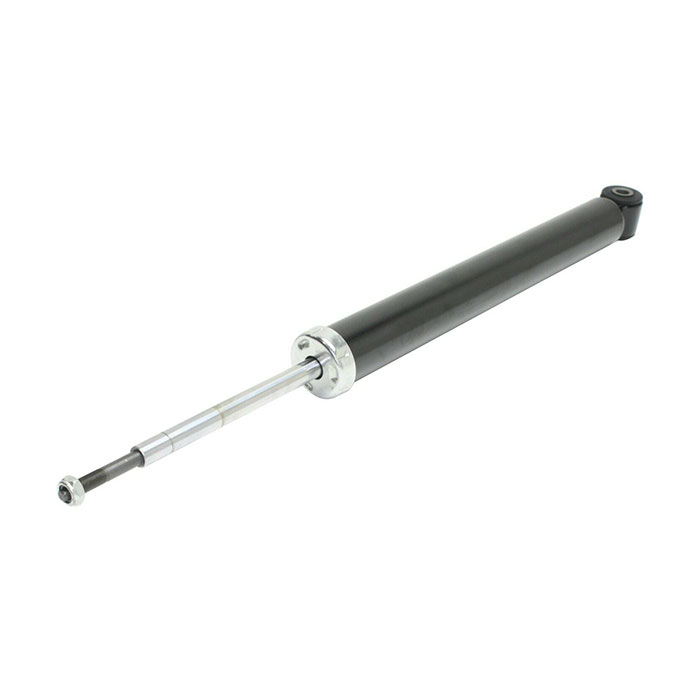
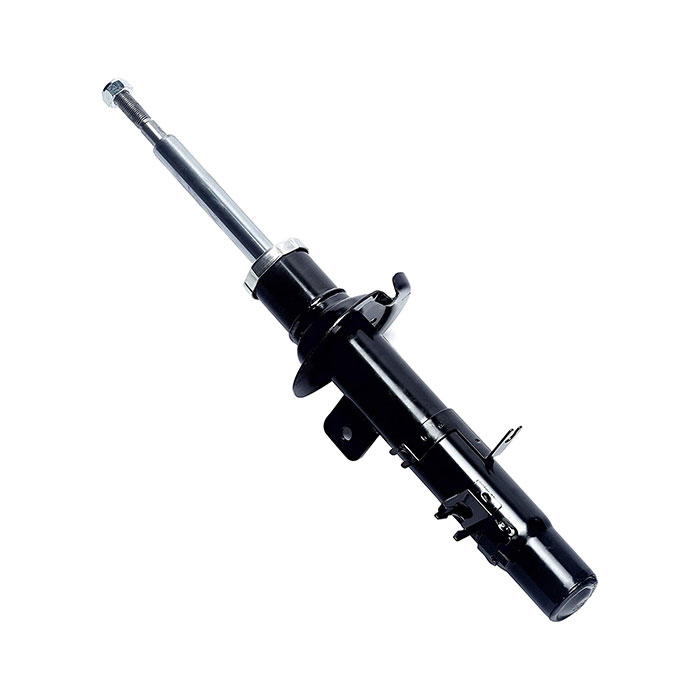
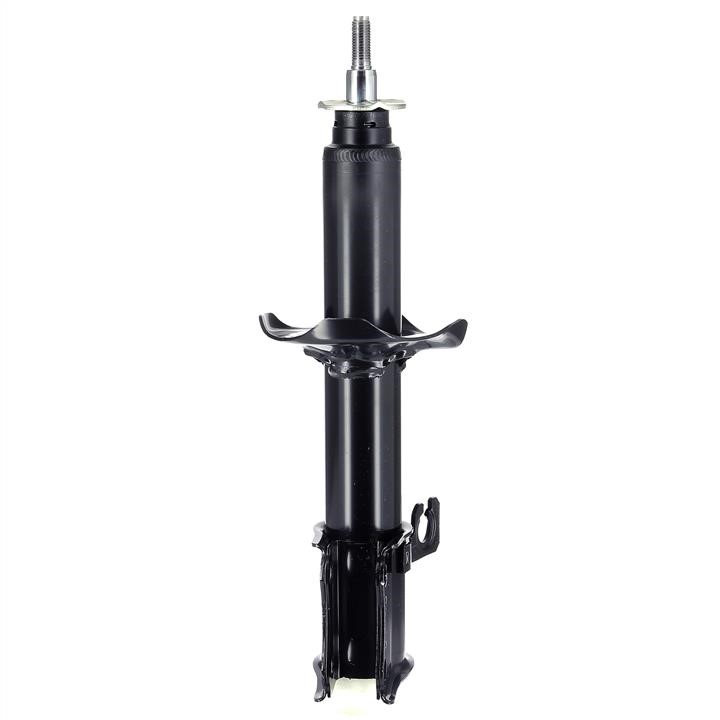


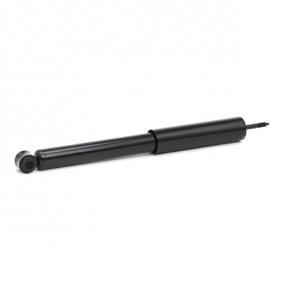
 +86-13757453333
+86-13757453333  +86-572-8355557
+86-572-8355557  Caroline@gerep.cn
Caroline@gerep.cn  No. 36, South Zhenxing Rd., Zhongguan Town, Deqing County, Huzhou, Zhejiang, China
No. 36, South Zhenxing Rd., Zhongguan Town, Deqing County, Huzhou, Zhejiang, China 